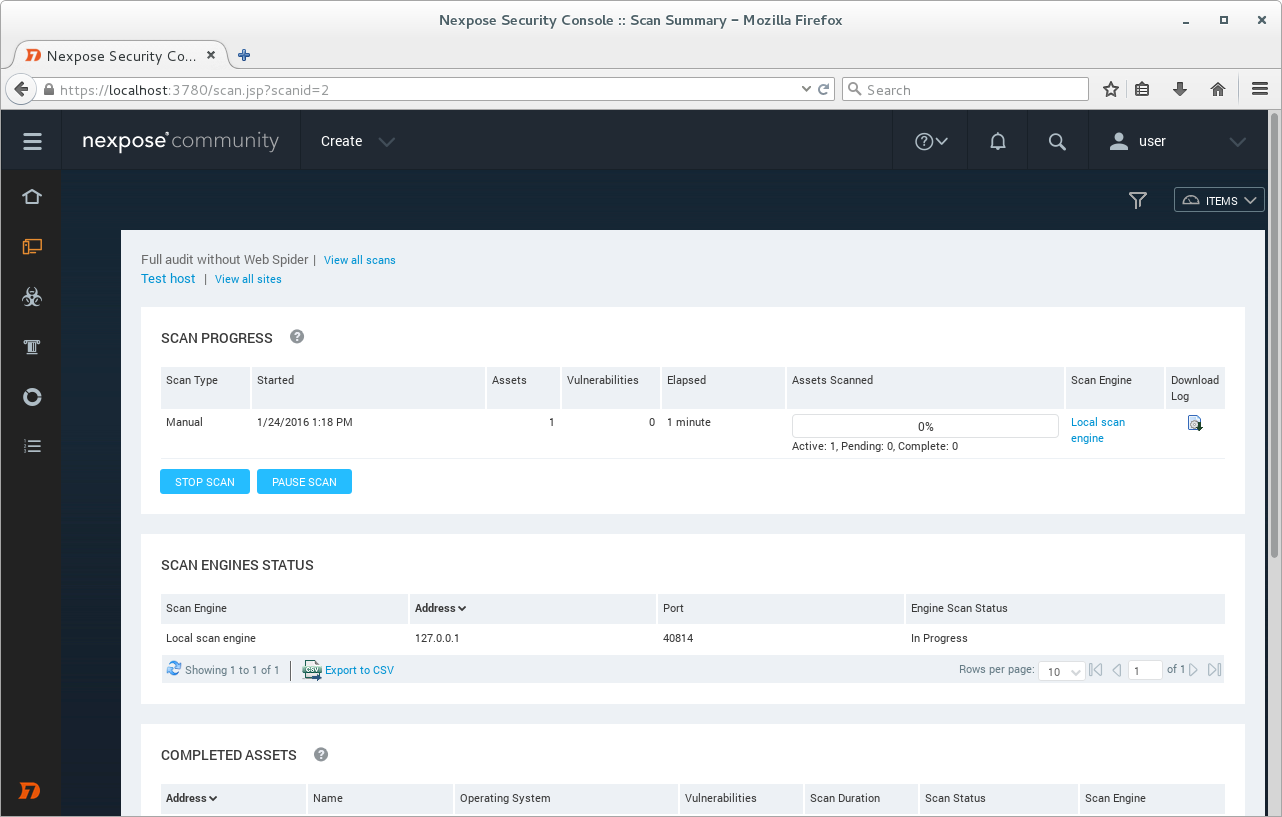When a free scanning service detects vulnerabilities better. We all want to have a reliable and efficient Vulnerability Scanner. This scanner should be able to find any vulnerabilities immediately, as soon as the information about them is published. And, to be honest, no one wants to research how the scanner do it. Really. It’s not our job. We purchased the product, we trust the vendor and if this product does not work as we would like, it is a vendor’s problem. Is that right?
Not really. If we do not properly recognize the condition of our infrastructure and do not properly assess the risks, because of this vendor’s faults, this would be our problem. It’s relatively easily to find out that some detected vulnerabilities from scanning report are false positives, what if scanner didn’t find an existing vulnerability? How would you even know this happened?
That’s why we still have to understand how the scanners work, to watch the watcher.
A recent example. CVE-2016-2107: OpenSSL AES CBC cipher information disclosure.
upd. For this vulnerability Tenable released addition detection plugin: “Use multiple vulnerability scanners in the name of good”.

This vulnerability may be detected by free vulnerability scanning services and practically could not detected by Nessus via unauthenticated scanning. You can see on the screenshots how we have scanned the same host with Nessus and free service by High-Tech Bridge. And Nessus did not detect CVE-2016-2107.





